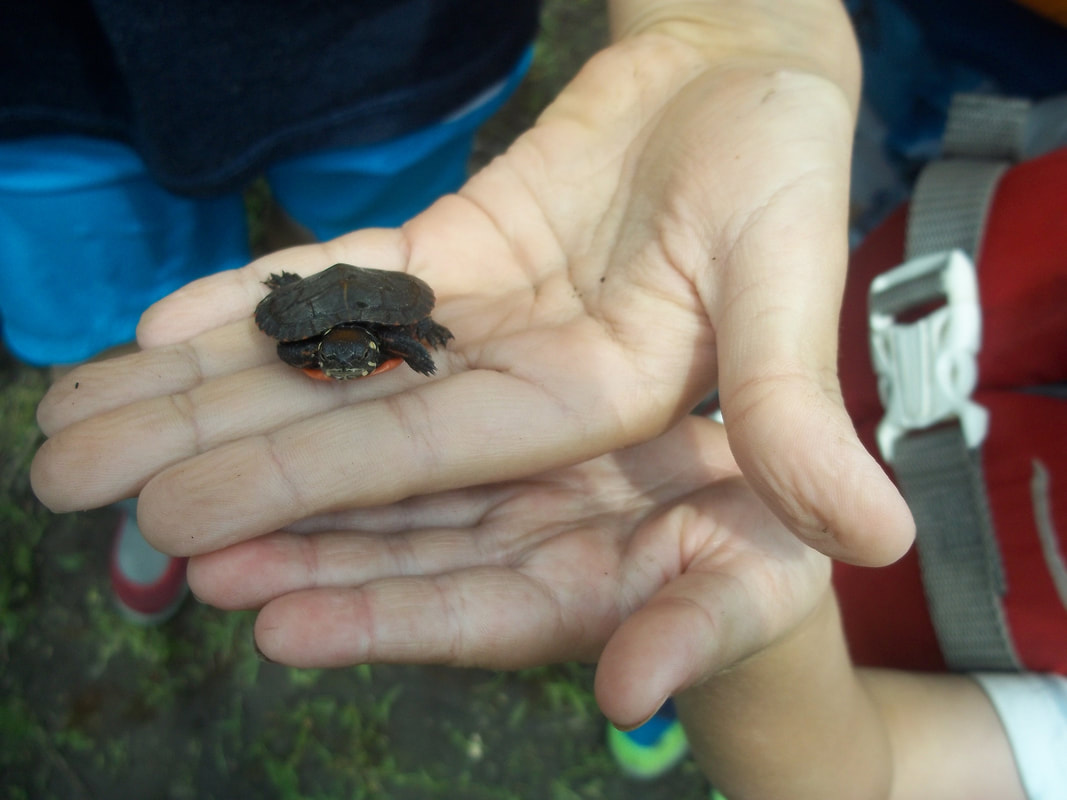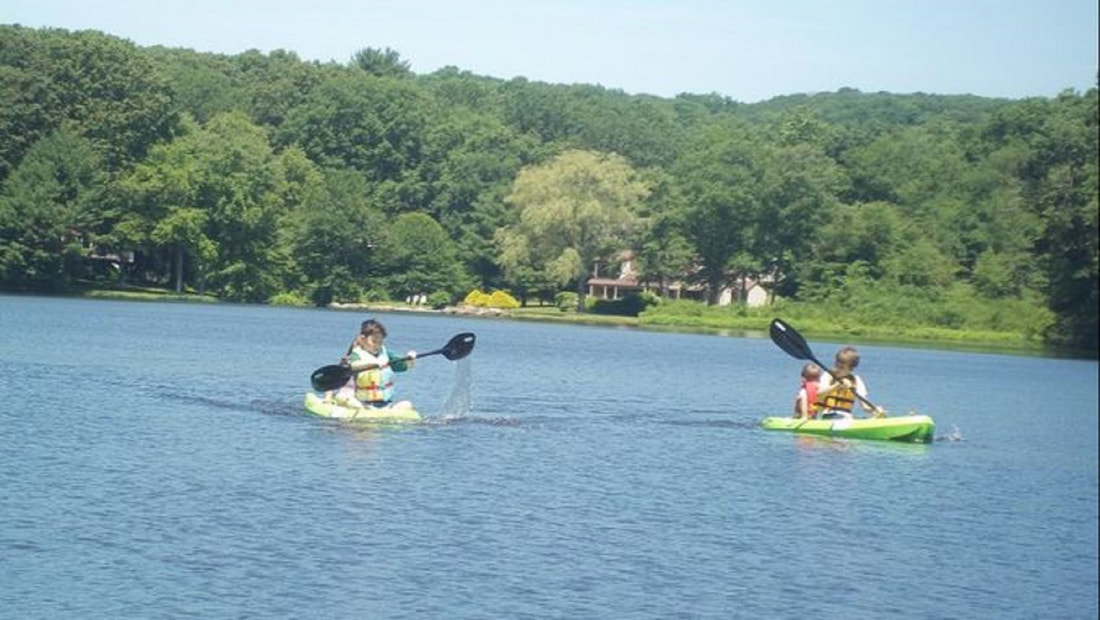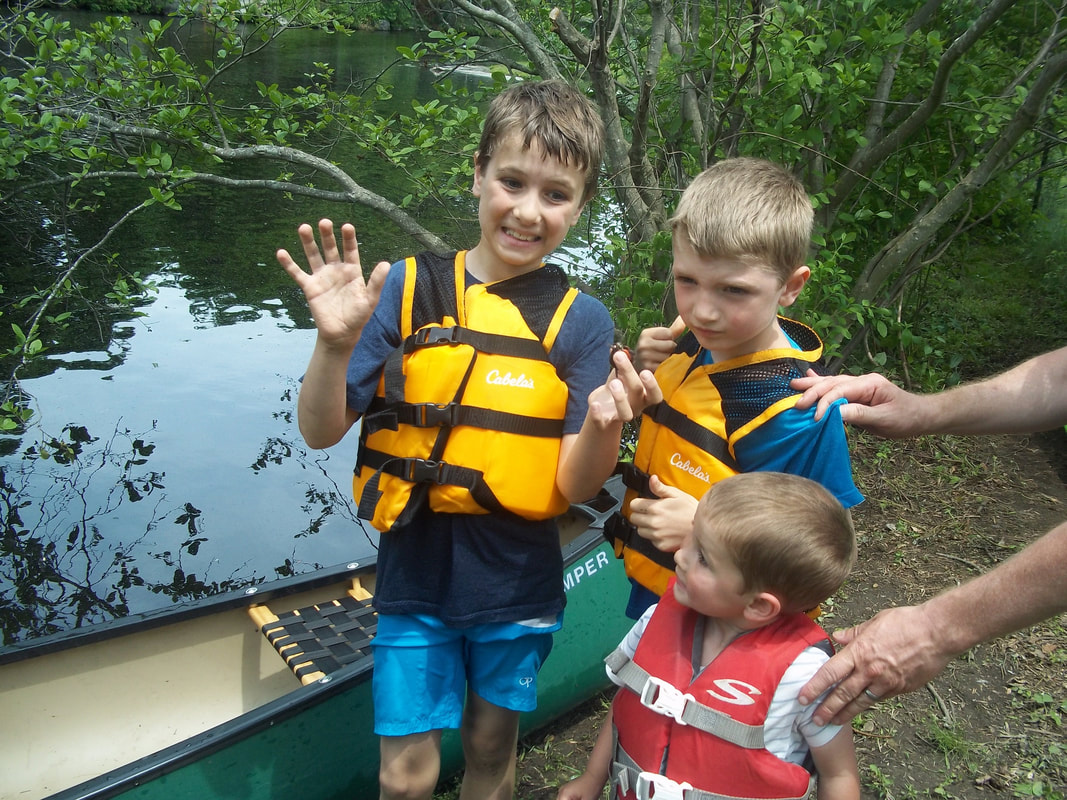|
Paddling a kayak is very intuitive. Kids only take a few minutes of sitting on a kayak and playing around in the water with a paddle to start to get a feel for what to do. Then the fun begins! Your child will be so excited to propel themselves through the water, even if they don't go in a straight line at first. They will get a feel for how to use their paddle to maneuver their kayak. They will improve with experience and as they get stronger. For many children, basic paddle strokes come very naturally, and it is not always necessary to discuss every stroke before they get in the water, though talking through stroke techniques as your child makes progress can help them grown in skill. The basic kayak paddle strokes to get your kids started are:
On your first day of putting your kids on the kayak keep these points in mind:
As your child, and maybe your whole family, progress in paddling, you will be able to go in many different directions with your paddling experiences, and I encourage you to read books and take courses teaching advanced kayaking skills if and when you feel your family is ready. The most important thing is to take the first step in getting a kayak and helping your kids get started. They will chart their path after that, depending on their personality. My boys are not particularly interested in fast pace high adrenaline activities. They are more into science and nature then adrenaline, so they tend to spend endless time paddling and exploring in ponds, lakes, and rivers. Though exciting, whitewater is probably a long way down the road for these boys, if it ever is on their radar at all. Every child and every family is different. The joy of paddling is that it can take you in many different directions in the future (whitewater, fishing, camping, touring trips) but for now enjoy this beginner stage and encourage your kids to take their time and have fun. Stay nearby while they are learning and always be prepared to help them if they feel overwhelmed.
Keep trips short and opt for good weather days. Be prepared with all the things that make a kayaking trip fun! Happy Kayaking! |
Categories
All
Our FamilyAlmost six years ago we moved into a little New England house with a river in the backyard and quickly discovered the joy of kayaking kids. |
You may also be interested in:
Legal Information: This site is meant as a log of our family's opinions and experiences, but is in no way a comprehensive safety guide for kayaking. Kayak at your own risk and research well anything pertaining to your family's safety. This site shares our experiences and products we have tried and researched. There are affiliate links used to reference the products being reviewed.

 RSS Feed
RSS Feed



